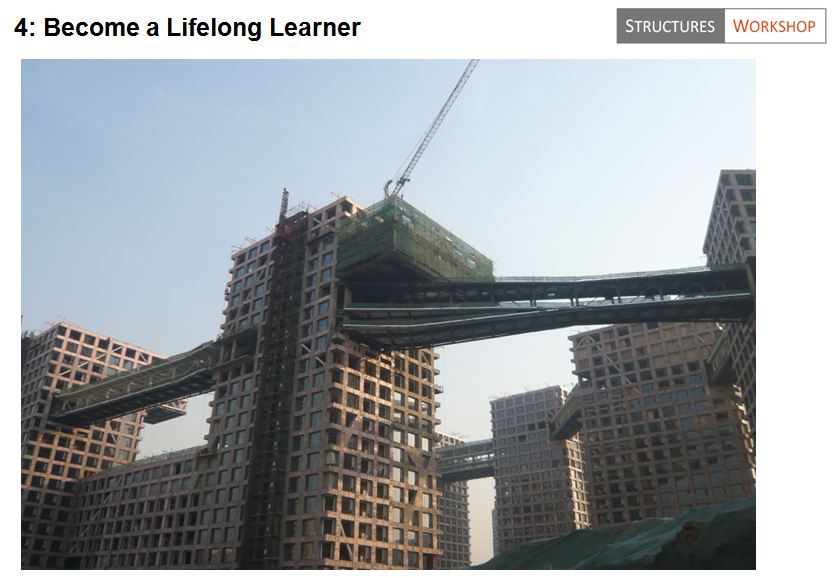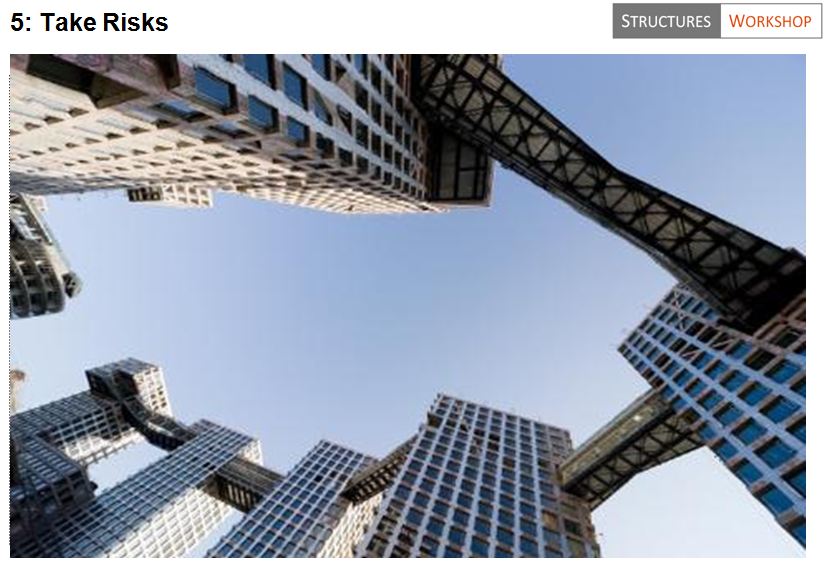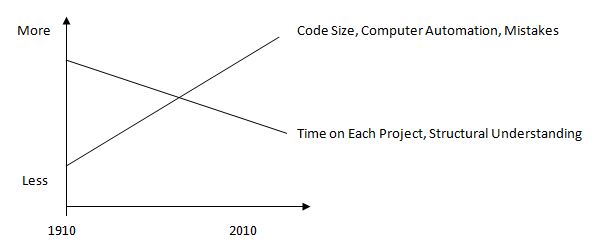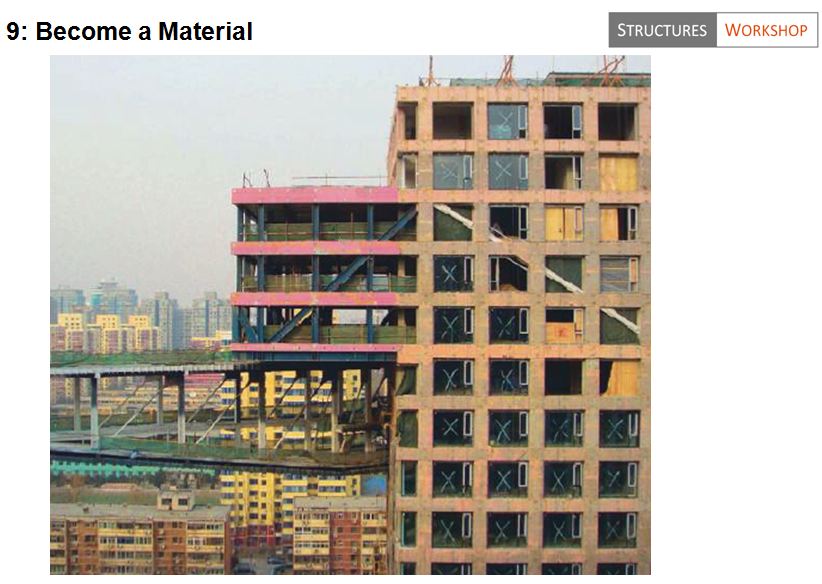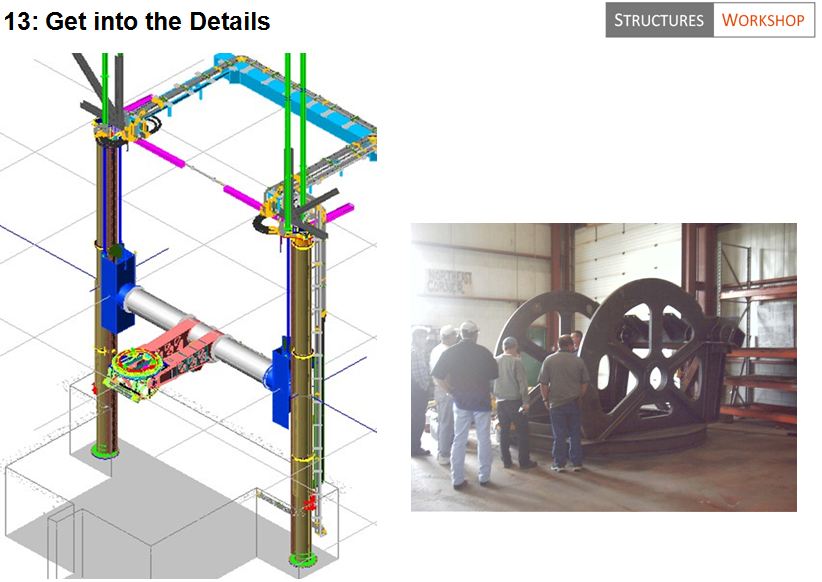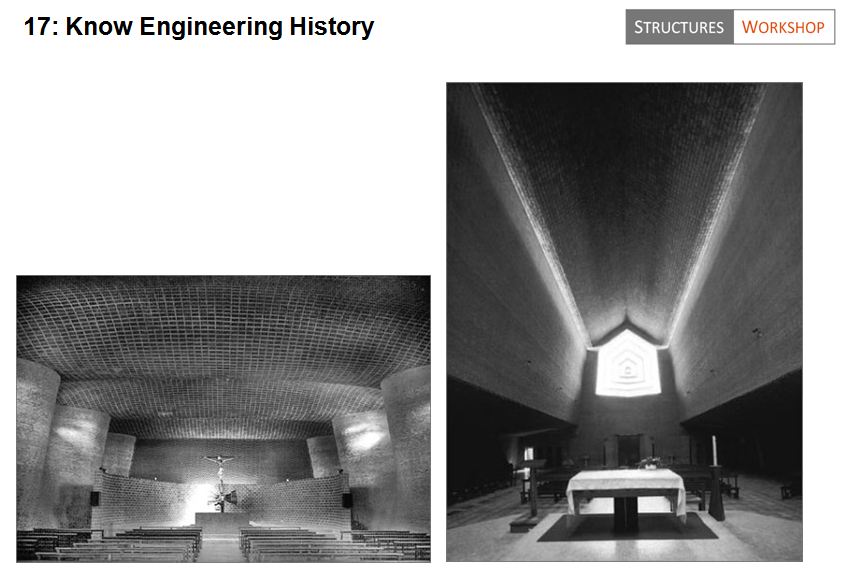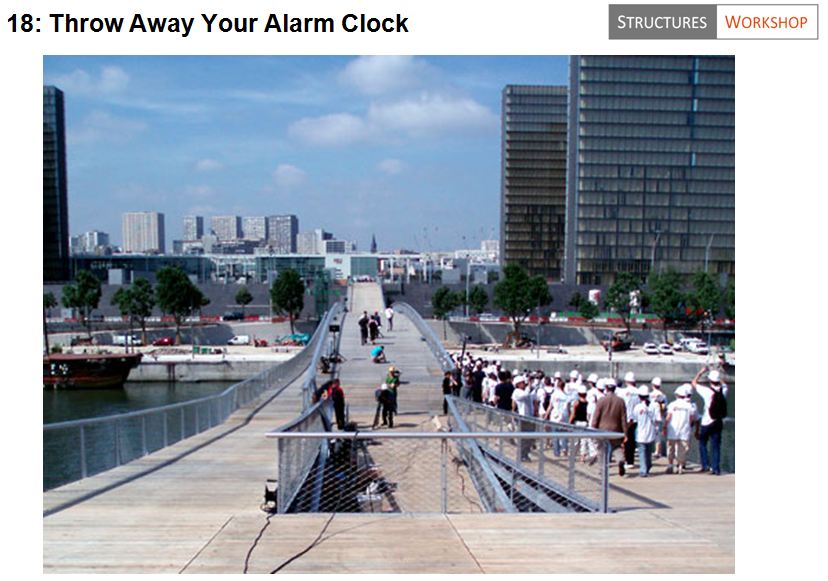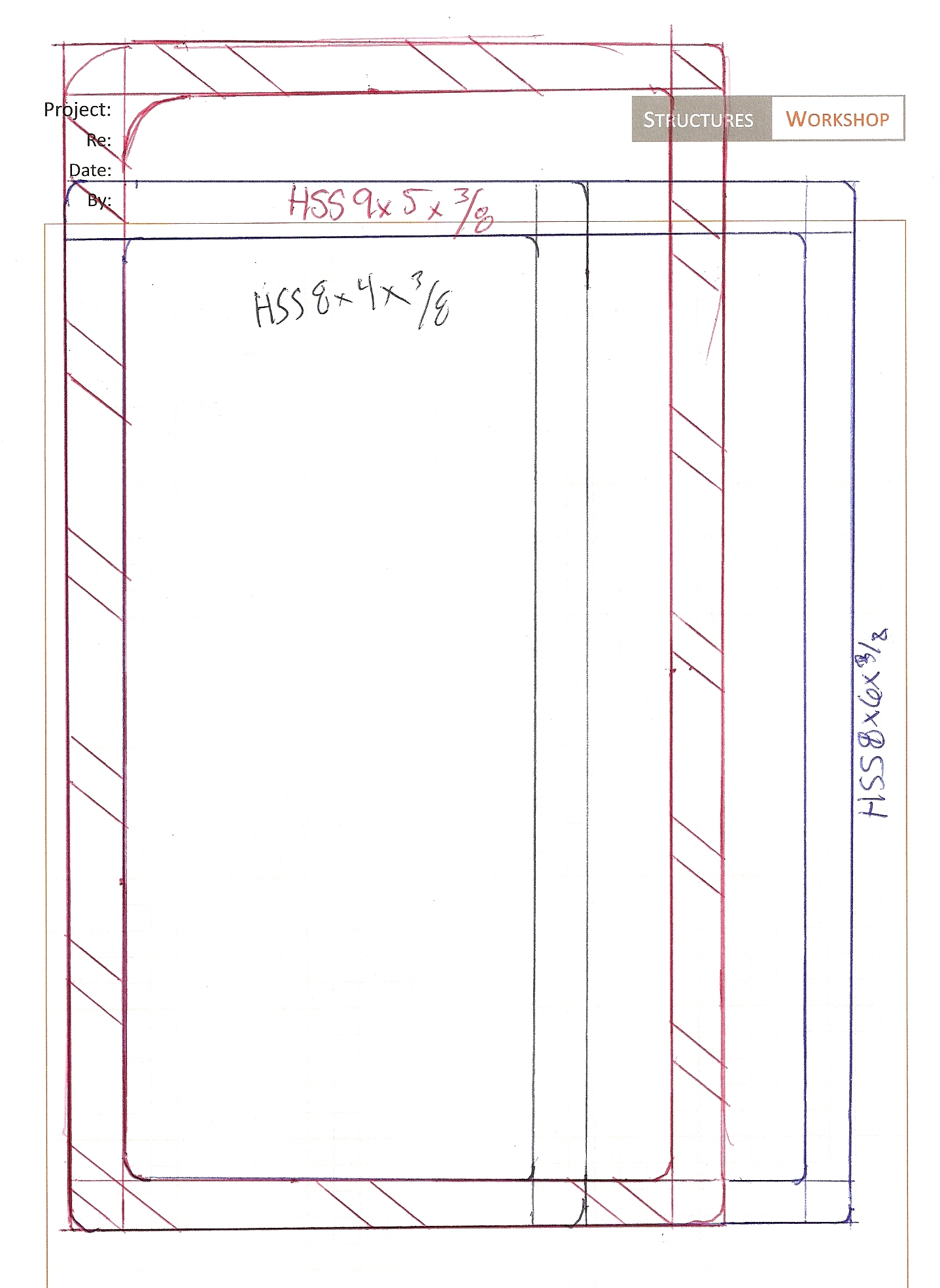Robert Pirsig complained about a bad motorcycle mechanic when writing Zen and the Art of Motorcycle Maintenance after dropping off his bike at a shop after the engine had ceased up and caused the rear wheel to lock up. When walking into the shop, a radio was going full blast and the mechanics were clowning around and talking and did not seem to notice him. When one of them finally did, they immediately misdiagnosed the problem. This caused three overhauls and the original problem became a much larger problem. Then Robert Pirsig describes the mechanics next move:
He brought a hammer and cold chisel and started to pound something loose. The chisel punched through the aluminum cover and I could see he was pounding the chisel right into the engine head. On the next blow he missed the chisel completely and struck the engine with the hammer, breaking of a portion of two of the cooling fins. [Pirsig]
Then Pirsig later thinks to himself:
Why did they butcher it so? That sat down to do a job and they performed like chimpanzees. Nothing personal in it…they were good natured, friendly, easygoing – and uninvolved. They were like spectators. You had the feeling they had just wondered in there themselves and somebody had handed them a wrench. There was no identification with the job. No saying “I am a mechanic” [Pirsig]
What Pirsig is suggesting is that this guy was not a mechanic and should not call himself one. He was an idiot. Just like engineers, we have amongst us plenty of idiots, plenty of spectators that follow procedures or slaves to the status quo, non-thinkers. But Engineers are not spectators. Engineers actively engage projects to reveal solutions to problems or yield new ideas. Matthew Crawford, in the terrific book Shop Class is Soulcraft, describes the difference between an expert mechanic and an idiot:
The forensic perceptual expertise of the engine builder is active in the sense that he knows what he is looking for. But with the idiot we see the result of a premature conceit of knowledge. [Crawford: 2009, 98]
So knowledge itself is not what separates an engineer, or mechanic, from an idiot. The idiot actually did know how to work on a bike and had some knowledge. The most important difference is not knowledge acquisition but the recognition of ignorance. An engineer, like a master mechanic, is self reflective and constantly aware of the possibility of making a mistake. Mistakes are going to be made, whether you are an idiot or an expert. So that is not the issue. After all, it was Niels Bohr who famously said:
An expert is a man who has made all the mistakes which can be made in a very narrow field. [Niels Bohr, Danish physicist]
Before taking a hammer to the problem, the engineer (or master mechanic) reflects and asks questions regarding the design solution. Questions such as “is this the best solution of all the possibilities” or “is this the right material choice” or “am I correct in assuming this can be treated as in this simplified fashion”.
Mistakes will still reveal themselves in projects, but engineering is not about past projects, it is about taking action now on the current project and taking it to a lower state of imperfection. Since problems in engineering are rarely simple or straightforward, it takes a high level of self reflection, teamwork, and attentiveness. Since our mistakes live as long as us, it also takes great deal of humility. The best of us recognize that these mistakes are lifelong reminders that we are at times idiots too, just like everyone else. So we need to succeed in reducing idiocy by being attentive and by participating actively in every project.

This picture above is the worlds second largest portable hammock we designed last year that brings people together to a public park. I think we succeeded in reducing idiocy on this project, and that is the definition of success.



